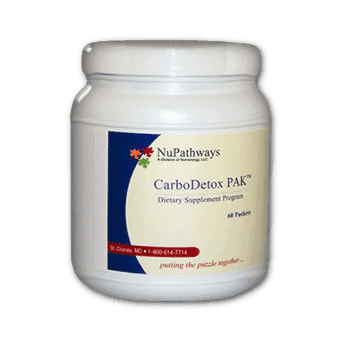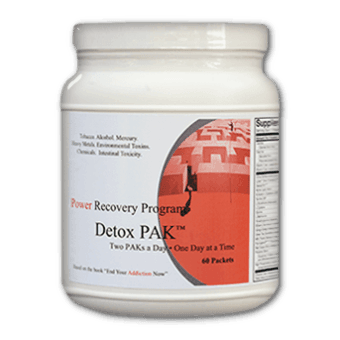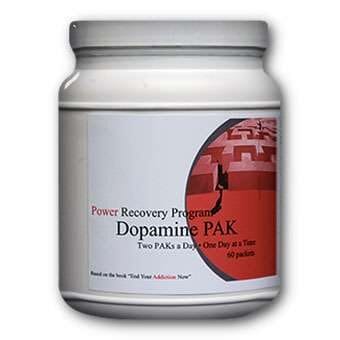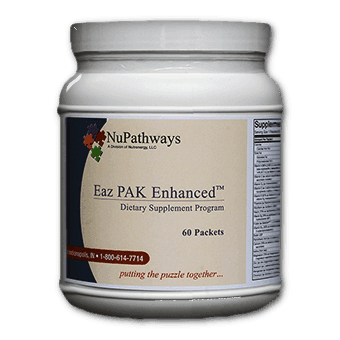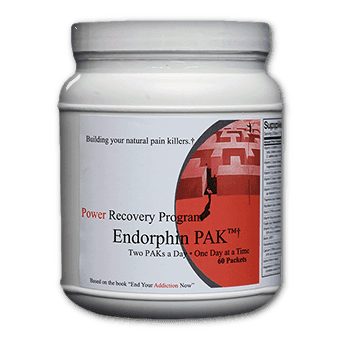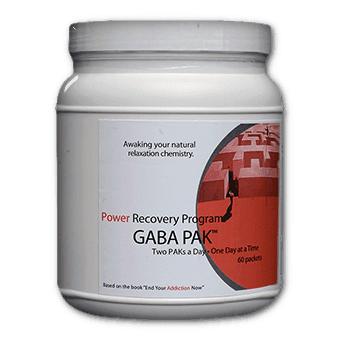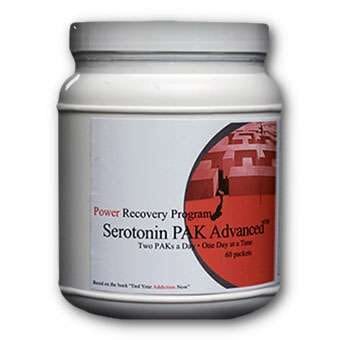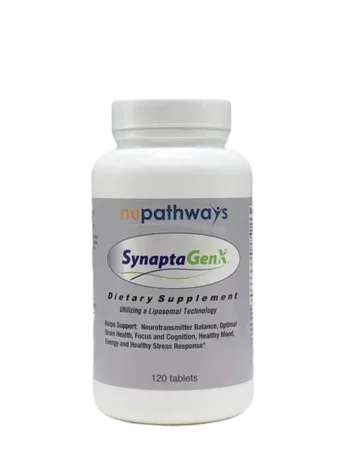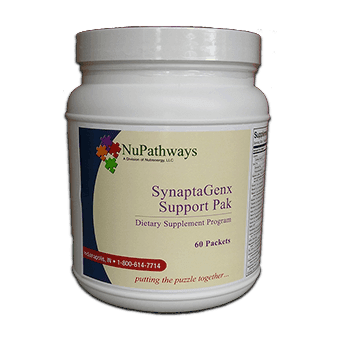No products in the cart.
Addictions
Cause of Addiction – 8 Key Neurotransmitters
- Serotonin (an inhibitory neurotransmitter that exerts a soothing influence on unpleasant emotions and prevents us from overactions.)
- GABA (inhibits, similar to serotonin, and that helps alleviate anxiety and worry and influences intellectual activity.)
- Endorphins and Enkephalins (two groups of structurally similar inhibitory transmitters that are powerful natural pain relievers.
- Endocannabinoids (acts as a modulatory system, fine-tuning the body’s responses to a variety of stimuli)
- Acetylcholine (inhibits dopamine’s potential for unrestrained delusional, paranoid content)
- Dopamine (known as the “euphoria” transmitter.)
- Taurine (inhibits similar to GABA)
- Histamine (regulates alertness and wake-sleep cycles)
Substance abuse is thus caused by replacing one or more of the key neurotransmitters with an artificial chemical such as alcohol, cocaine or valium, to temporarily satisfy a craving.
The more that a psychotropic artificial substance is used, the more the neurotransmitters which the chemical is mimicking are depleted, and increasingly larger amounts of the addictive chemical must be used to achieve the same stress reduction effect (tolerance). The condition worsens as the natural transmitter is depleted. The addict is compelled by their biochemical imbalances to seek the object of their craving at any cost, even if it jeopardizes their health, personal relationships, and job.
Addiction Cure
A long term solution can only be achieved if the cause is addressed and the imbalances are normalized. Any attempts to bring about a long term correction with any psychotropic chemical will ultimately generate more chaos and perpetuate the abuse. The corrections in the imbalances which are the cause of the problem, can only be achieved by providing the proper nutrients to allow the regeneration of the neurotransmitters to occur.
Most drug addiction treatment programs do not focus on healing the brain first and this is why current recovery programs have a very low rate of success.
Based upon scientific research, it is now known that substance problems are the result of biochemical imbalances that disrupt the normal workings of neurotransmitters, the chemicals in the brain that pass messages from one brain cell to another and reward us with good feelings. Imbalances in these brain chemicals can be a cause and/or result of excessive alcohol or other drug use.
When people stop using addictive substances, because of these imbalances in the brain, they experience severe abstinence symptoms such as high levels of anxiety, depression, mood swings, hypersensitivity to noise or lights, stress sensitivity, and drug cravings. These symptoms persist even after the acute early symptoms of withdrawal subside. We refer to them as chronic abstinence symptoms.
Our Power Recovery PAKS (Dopamine PAK, Serotonin PAK, GABA PAK, and Endorphin PAK) were developed by Dr. C E Gant to support addiction recovery by supplying the brain with high levels of the appropriate amino acids and other raw materials needed to restore neurotransmitter production and balance brain chemistry.
It is recommended that the Power Recovery PAKS be taken for about six months until the targeted neurotransmitters return to near normal levels and the severity of abstinence symptoms has subsided. Then we advise switching to the Uplift PAK or Eaz PAK that have lower levels of amino acids but which also supply other nutrients needed for complete nourishment of the brain and body.
Disclaimer: The information contained in this document is for educational purposes only and it should not be followed without first consulting with a healthcare professional who is knowledgeable about CAM (Complementary/Alternative Medicine), Integrative and/or Orthomolecular Medicine. If you have any known medical or psychiatric disorder you should first follow the recommendations of your healthcare professional before taking nutritional supplements. The statements contained in this document or presentation have not been approved by the Food and Drug Administration (FDA). These products are not intended to diagnose, treat, cure, or prevent any disease
Showing 1–9 of 10 results
